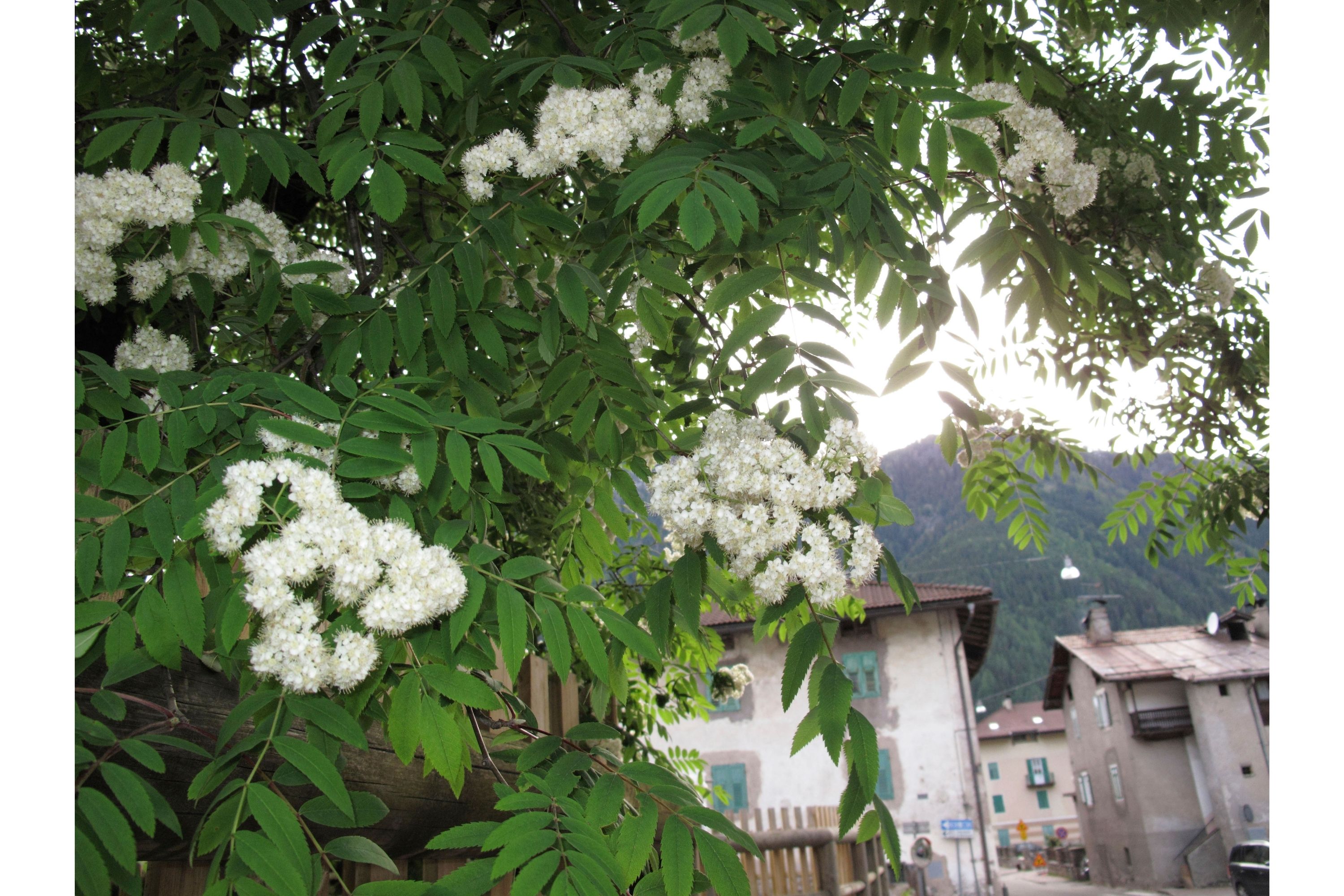Sorbus aucuparia pohuashanensis
(Sorbus aucuparia pohuashanensis)

Description
Sorbus aucuparia is a species of deciduous tree or shrub in the rose family. It is a highly variable species, and botanists have used different definitions of the species to include or exclude trees native to certain areas; a recent definition includes trees native to most of Europe and parts of Asia, as well as northern Africa. The range extends from Madeira, the British Isles and Iceland to Russia and northern China. Unlike many plants with similar distributions, it is not native to Japan. S. aucuparia has a slender trunk with smooth bark, a loose and roundish crown, and its leaves are pinnate in pairs of leaflets on a central vein with a terminal leaflet. It blossoms from May to June in dense corymbs of small yellowish white flowers and develops small red pomes as fruit that ripen from August to October and are eaten by many bird species. The plant is undemanding and frost hardy and colonizes disrupted and inaccessible places as a short-lived pioneer species. Fruit and foliage of S. aucuparia have been used by humans in the creation of dishes and beverages, as a folk medicine, and as fodder for livestock. Its tough and flexible wood has traditionally been used for woodworking. It is planted to fortify soil in mountain regions or as an ornamental tree and has several cultivars. Sorbus aucuparia occurs as a tree or shrub that grows up to between 5 and 15 m (16 and 49 ft) in height. The crown is loose and roundish or irregularly shaped but wide and the plant often grows multiple trunks. A trunk is slender and cylindrical and reaches up to 40 cm (16 in) in diameter, and the branches stick out and are slanted upwards.The bark of a young S. aucuparia is yellowish gray and gleaming and becomes gray-black with lengthwise cracks in advanced age; it descales in small flakes.Lenticels in the bark are elongated and colored a bright ocher. The plant does not often grow older than 80 years and is one of the shortest-lived trees in temperate climate. Wood of S. aucuparia has a wide reddish white sapwood and a light brown to reddish brown heartwood. It is diffuse-porous, flexible, elastic, and tough, but not durable, with a density of 600 to 700 kg/m3 (1,000 to 1,200 lb/cu yd) in a dried state. The roots of S. aucuparia grow wide and deep, and the plant is capable of root sprouting and can regenerate after coppicing.
Taxonomic tree:







